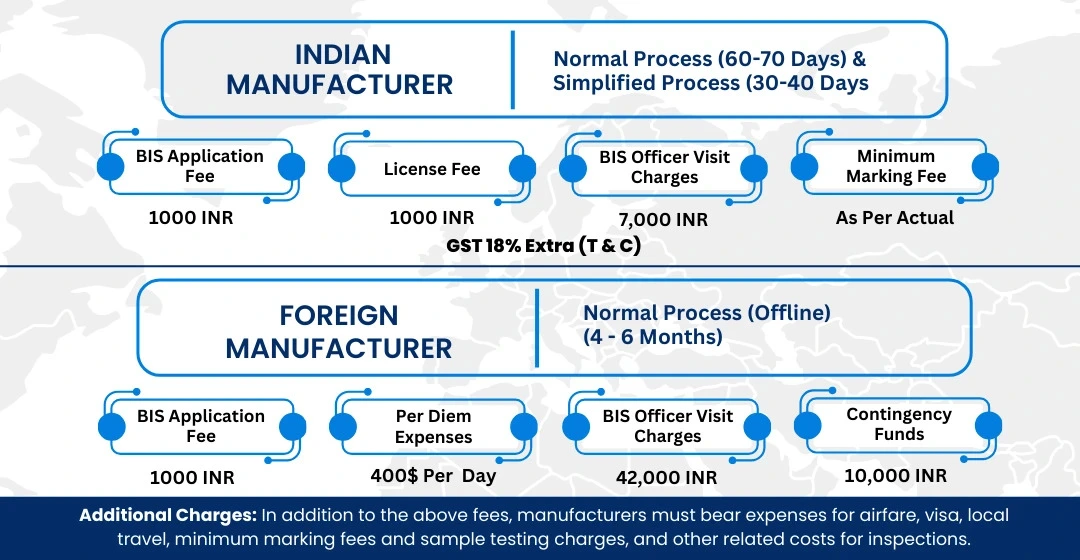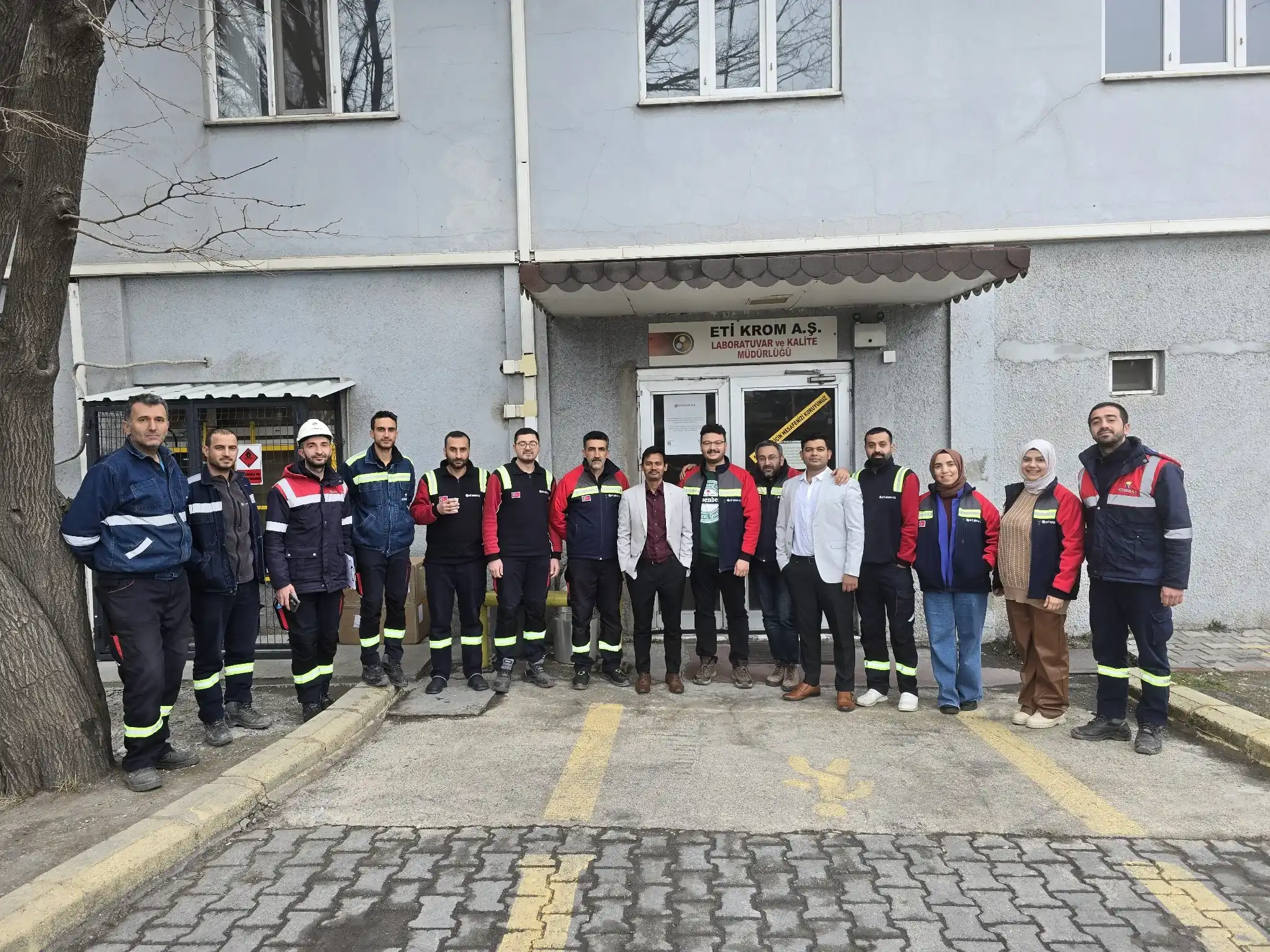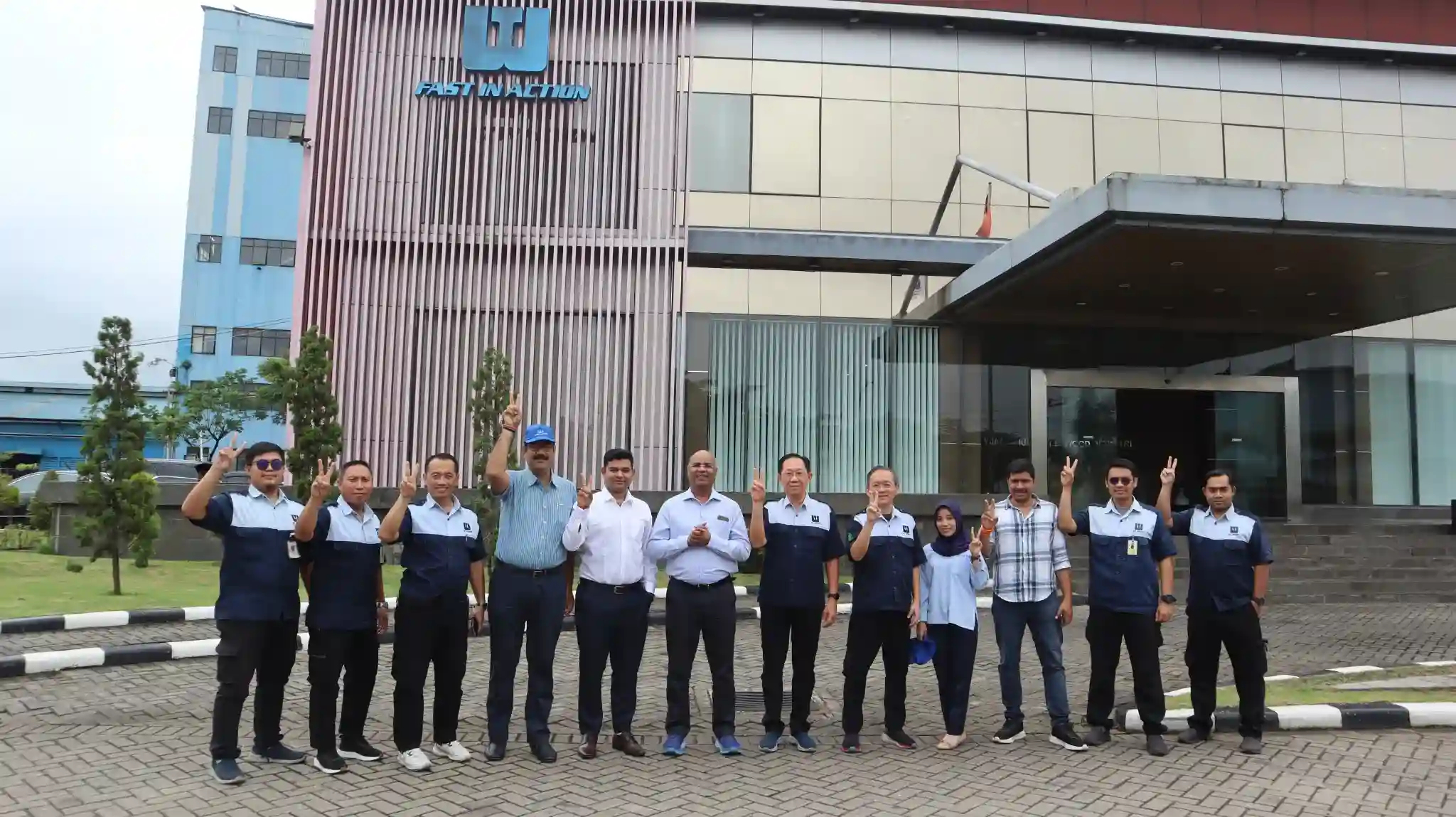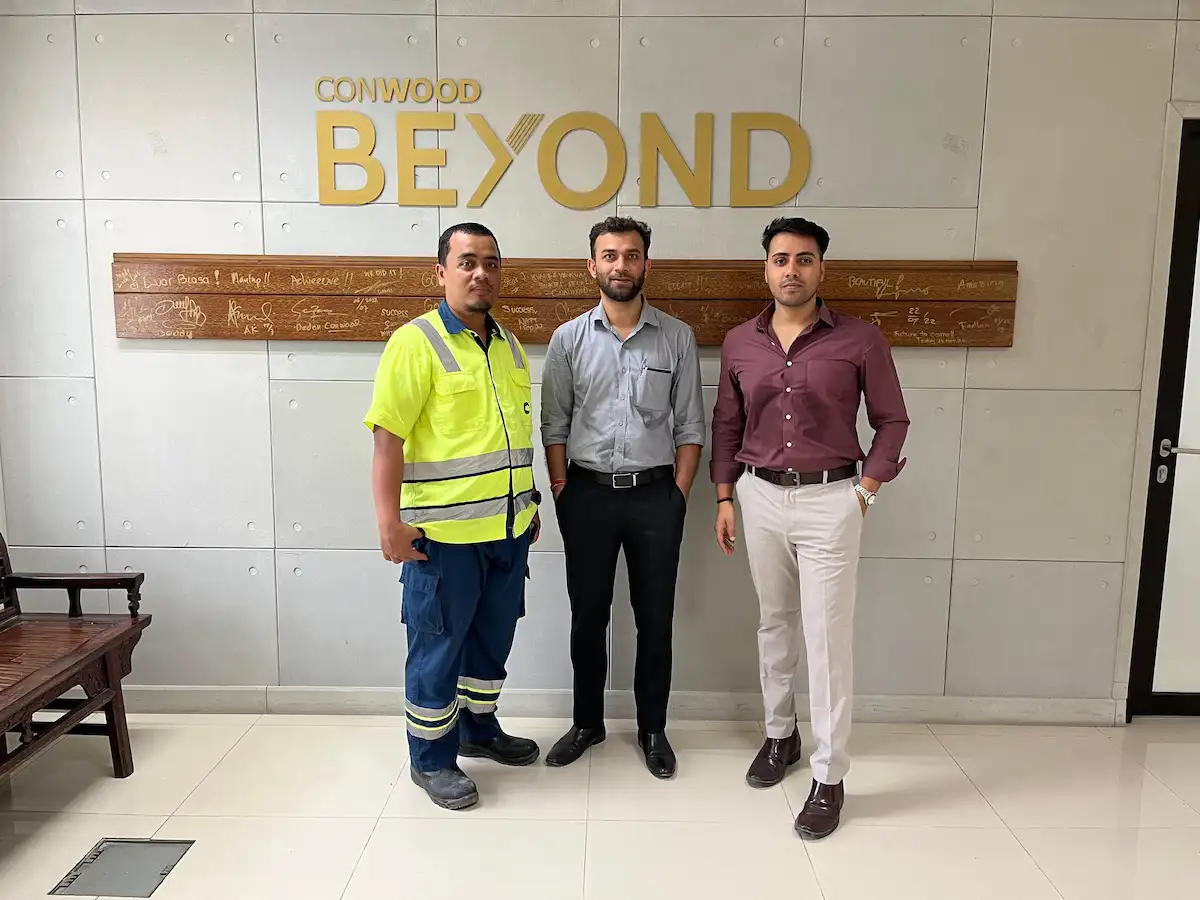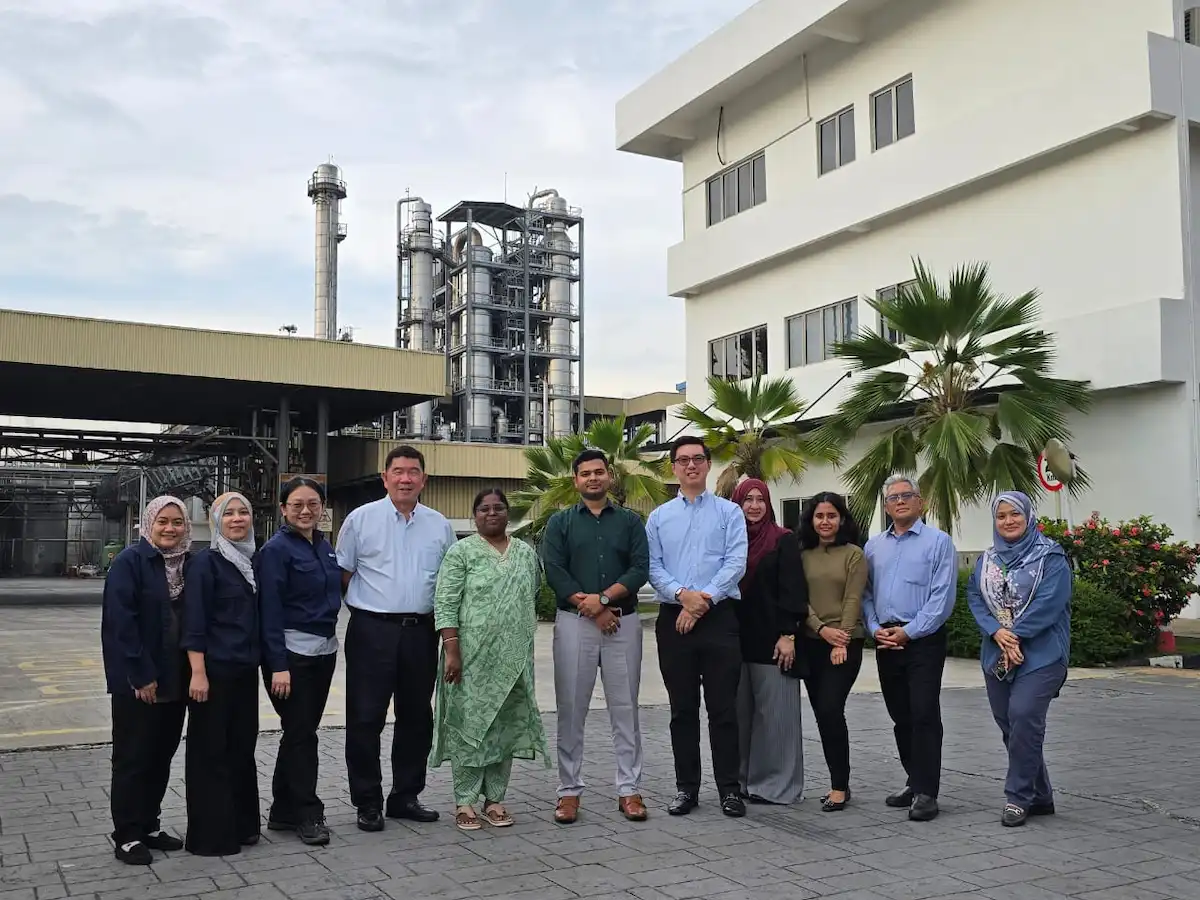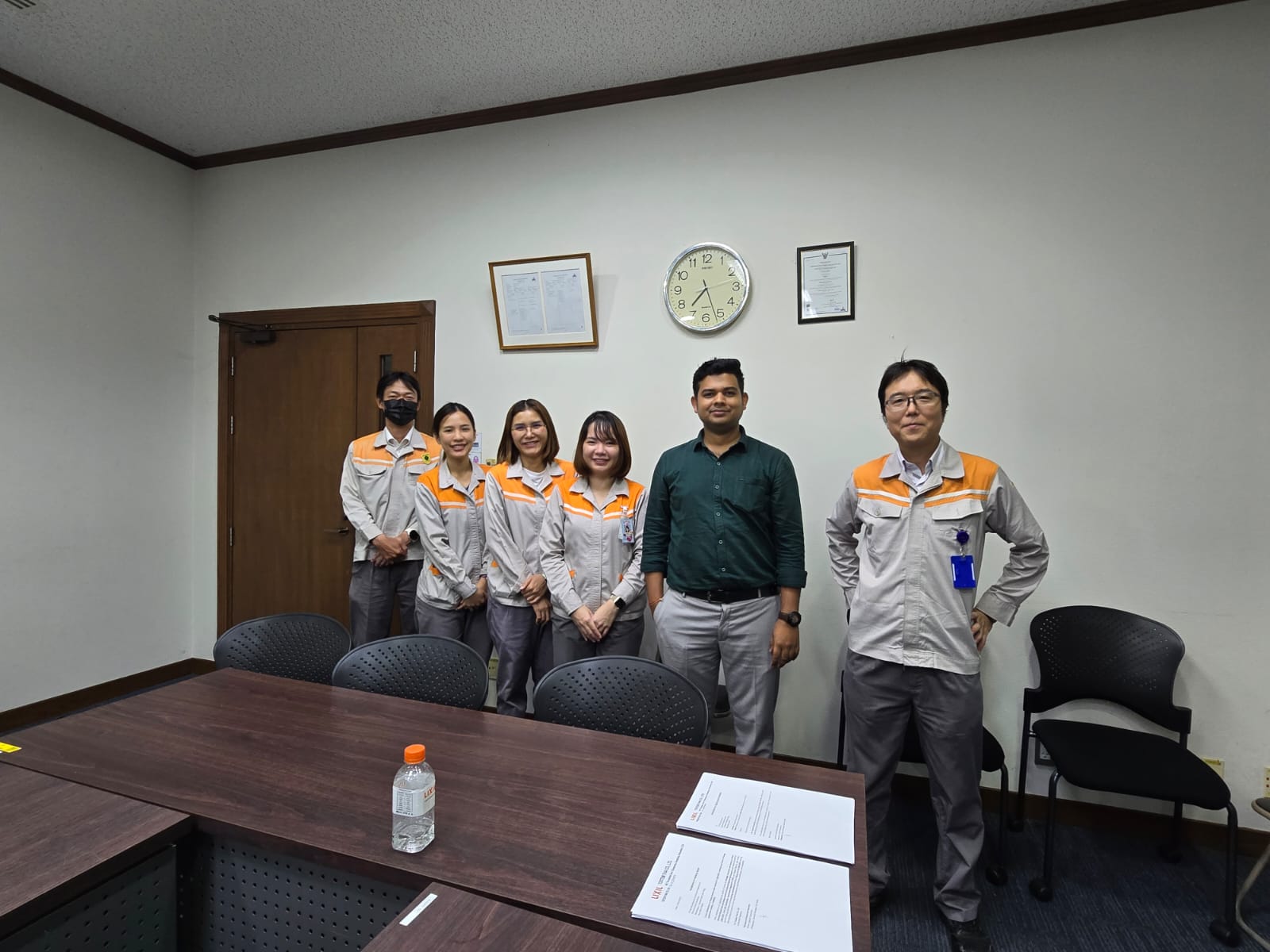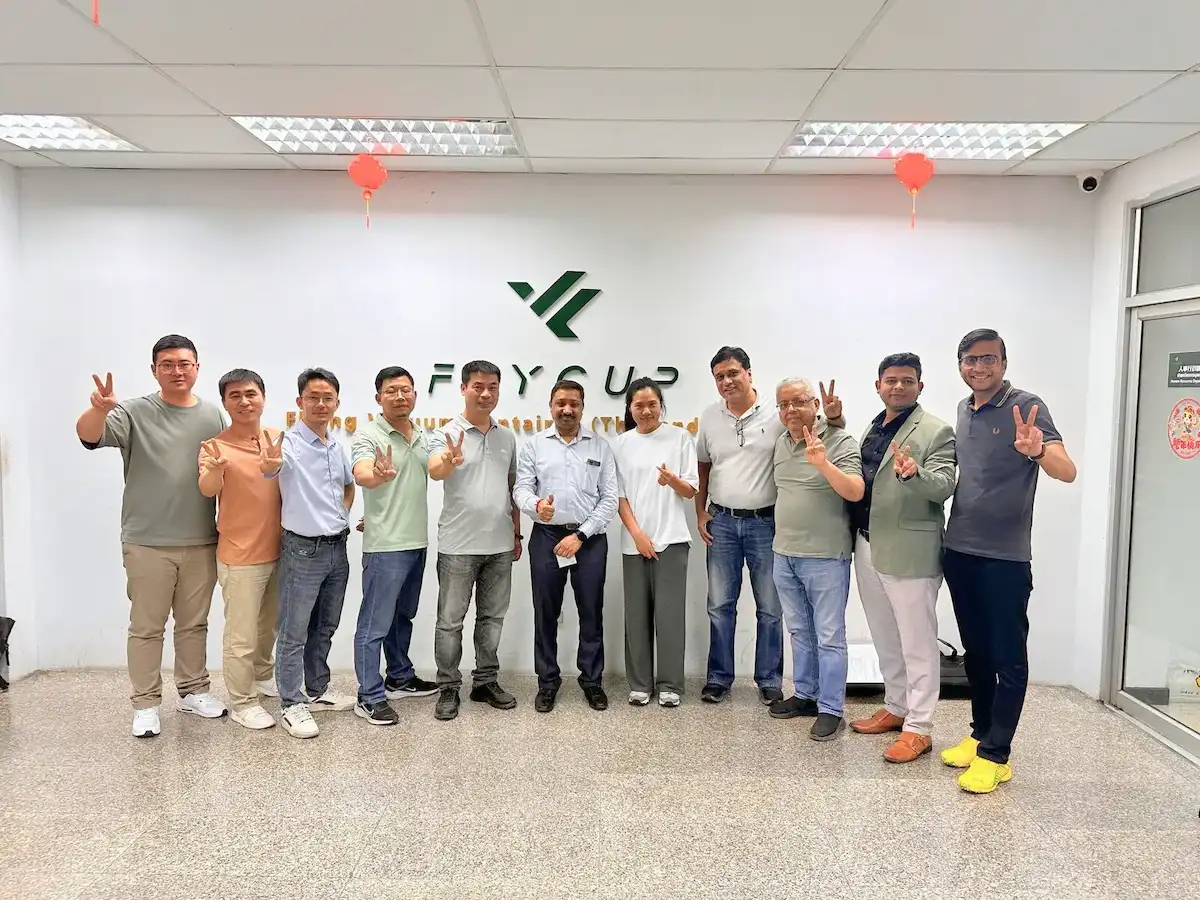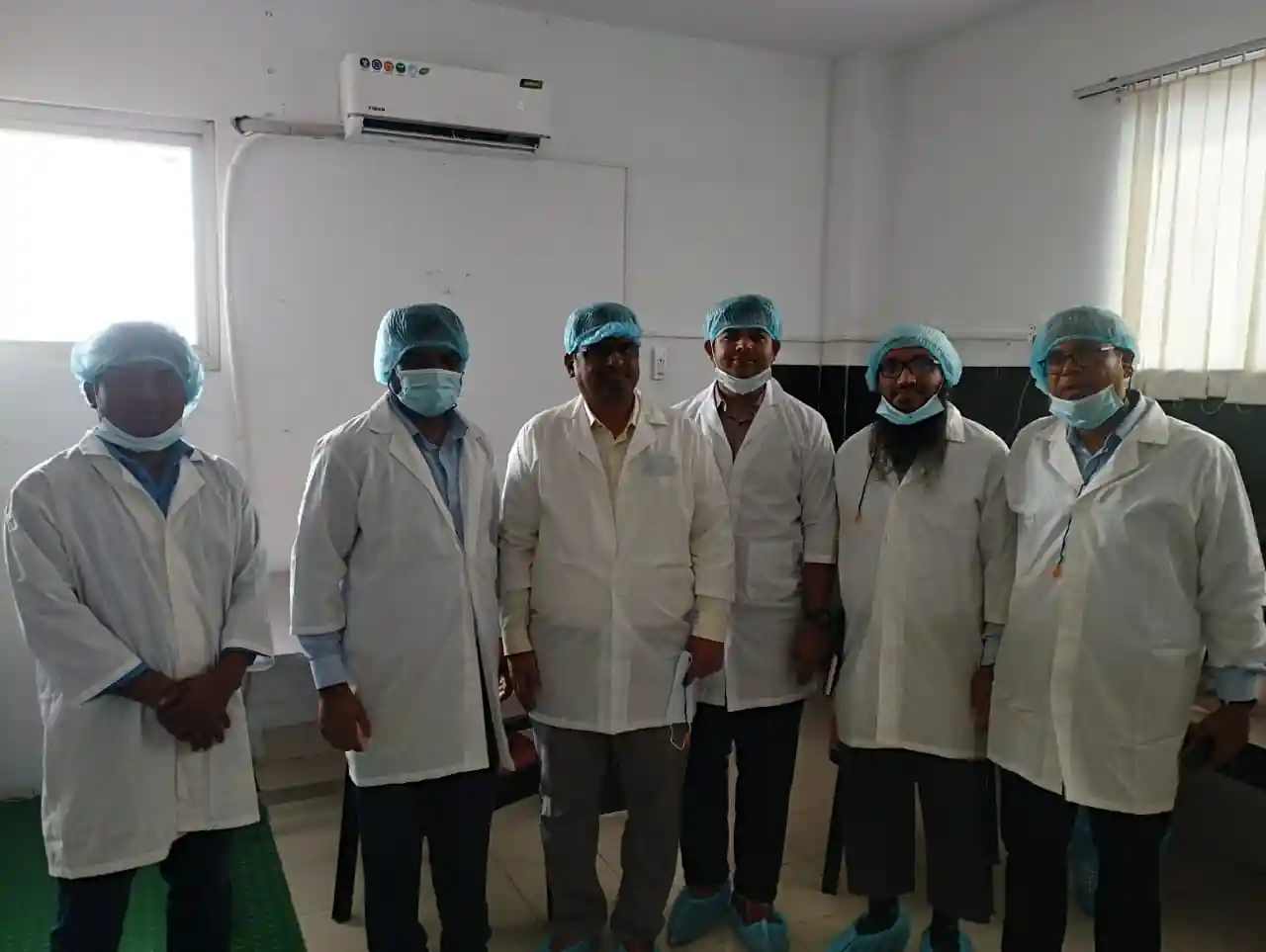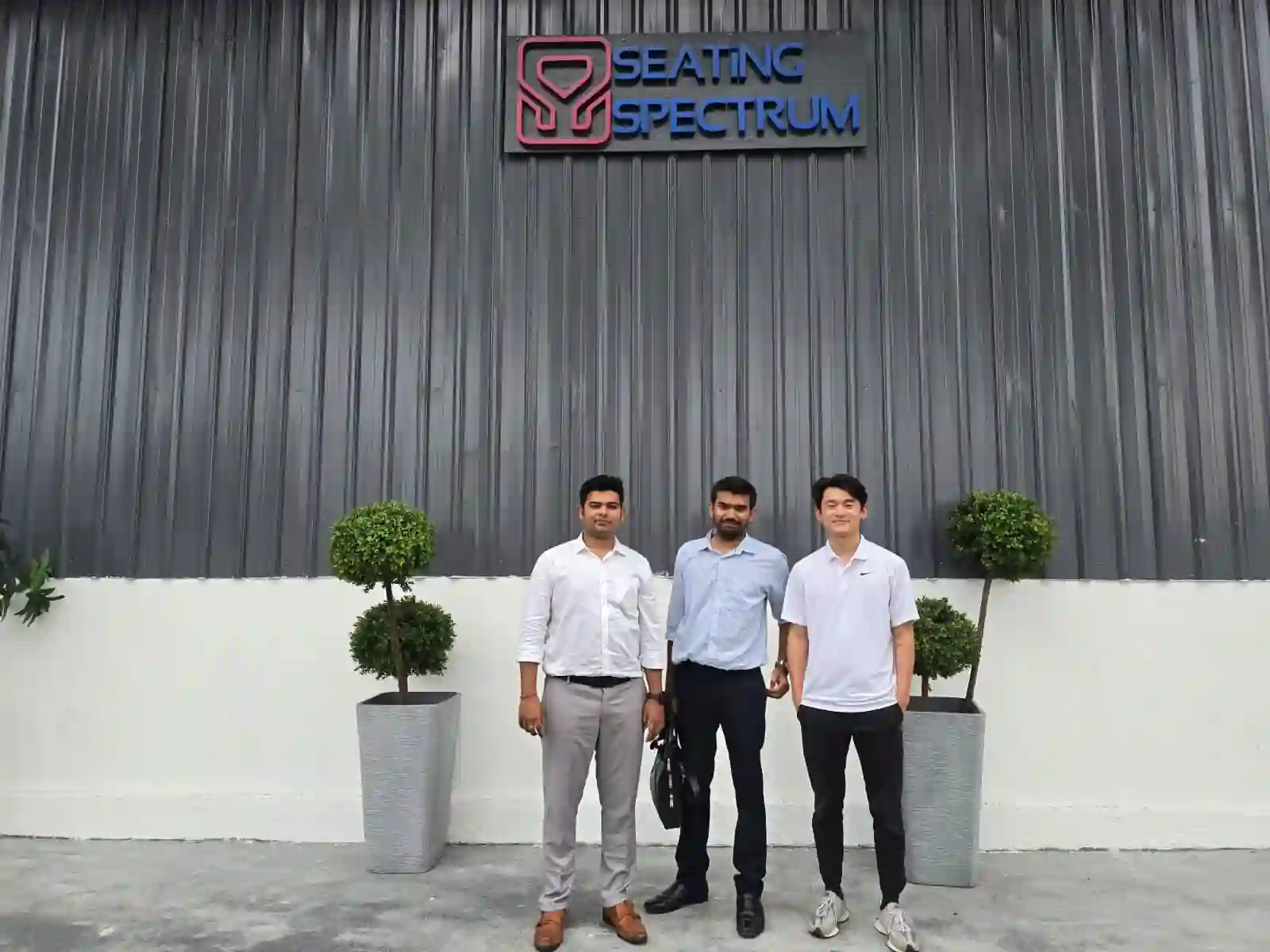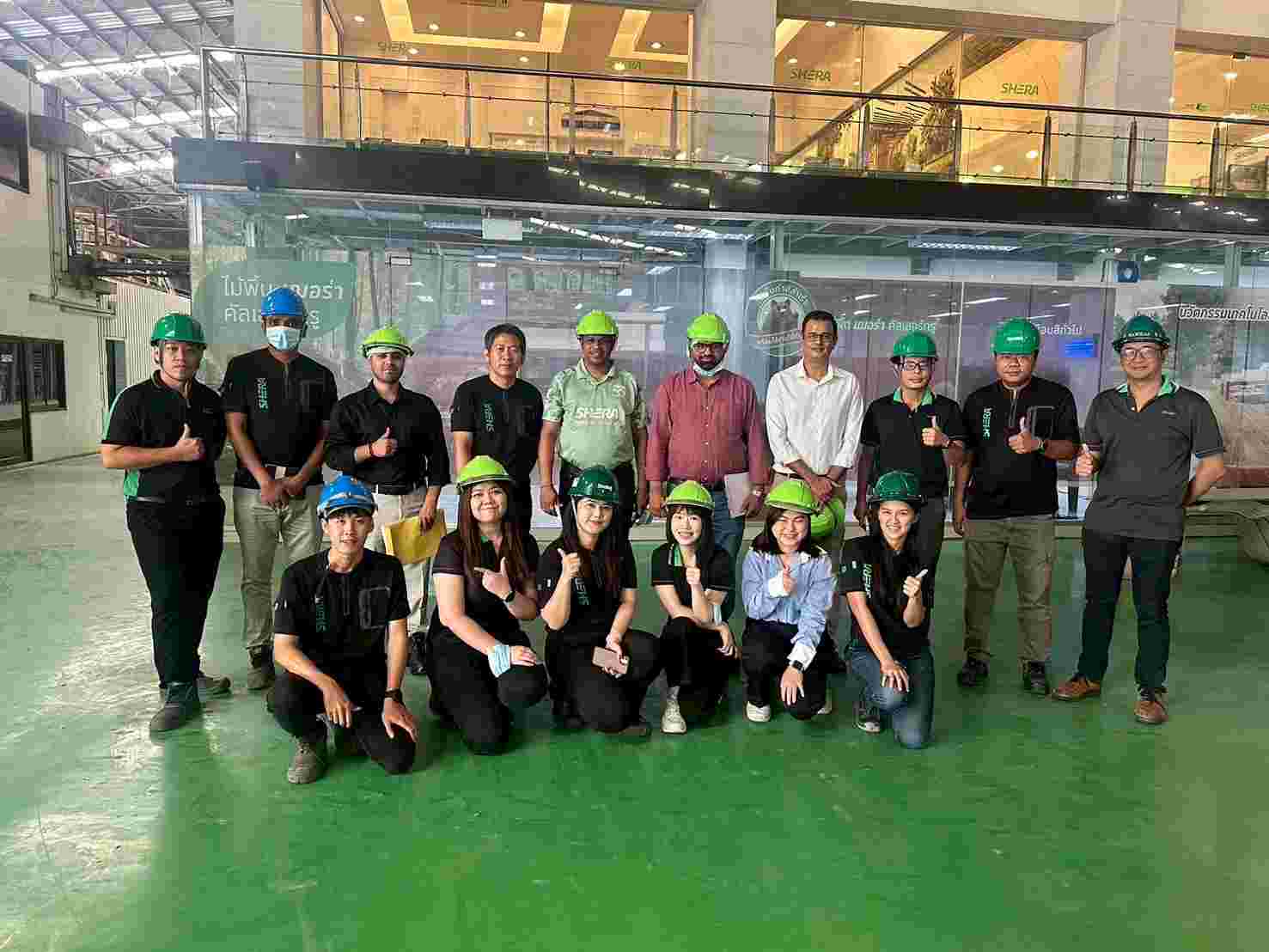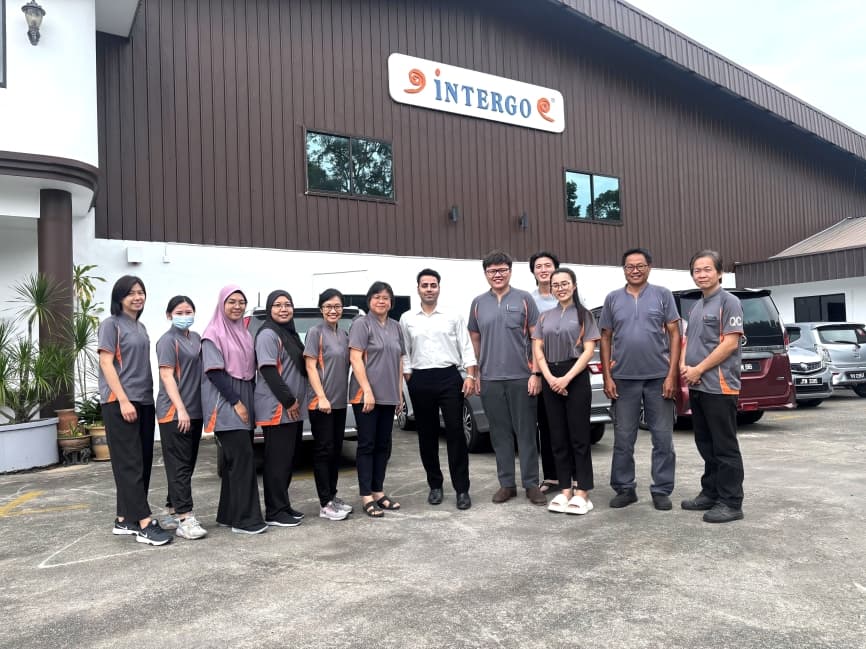BIS Certification for Continuous Filament Polyamide (Nylon 6) Yarn IS 7867:2024
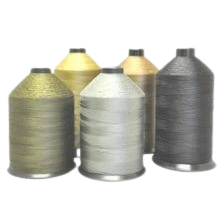
In today’s textile and industrial
markets, continuous filament polyamide yarn, commonly known as Nylon 6, holds a
prominent place due to its remarkable strength, elasticity, and resilience.
From high-performance sportswear to technical textiles, this synthetic fiber is
engineered to deliver superior performance across a wide range of demanding
applications.
To ensure consistent quality, safety, and suitability for end use, the Bureau of Indian Standards (BIS) mandates compliance with the Indian Standard IS 7867:2024 for continuous filament Nylon 6 yarn. This certification plays a vital role in safeguarding consumer interests and maintaining uniform product quality in the textile industry.
What Is Continuous
Filament Nylon 6 Yarn?
Continuous filament Nylon 6 yarn is a
man-made fiber derived from polycaprolactam,
a polymer of caprolactam (commonly referred to as Nylon 6). The manufacturing
process involves melting the polymer,
extruding it through spinnerets, and then cooling
and drawing it into continuous filaments. These filaments can either remain
flat or be twisted, interlaced, or textured, depending on the intended
application.
This type of yarn is widely
appreciated for its:
Its versatility makes it suitable for apparel, industrial fabrics, carpets, ropes, fishing nets, tire cords, and even medical textiles.
IS 7867:2024 – An Overview
Indian Standard IS 7867:2024 titled “Textiles
– Continuous Filament Polyamide (Nylon 6) Yarn – Specification”, lays down
the essential requirements, quality parameters, and testing methods applicable
to flat yarns of Nylon 6 intended
for various textile and technical applications.
This standard is aimed at ensuring
uniformity in manufacturing practices and product performance, making it easier
for buyers and regulatory bodies to assess the quality of Nylon 6 yarn produced
or marketed in India.
Key Parameters
Defined in the Standard:
These specifications are critical in maintaining performance consistency, particularly when the yarn is used in engineered textiles or exported to global markets.
Why BIS Certification
Matters
For manufacturers, obtaining BIS
certification under IS 7867:2024 is not merely a regulatory requirement—it is a
quality benchmark. It serves as an assurance to domestic and international
buyers that the Nylon 6 yarn meets Indian standards for quality, safety, and
performance.
Certification ensures:
It also provides a competitive edge in export markets, where compliance with domestic standards like BIS is increasingly viewed as an indicator of reliability.
Certification Process
Manufacturers seeking BIS
certification for Nylon 6 yarn must undergo a structured evaluation process
that includes:
- Submission of Technical Documents: This includes product details, process flow, raw material specifications, and quality assurance procedures.
- Product Sampling: Samples are drawn and tested as per IS 7867:2024 in BIS-recognized laboratories.
- Factory Audit: BIS inspectors assess the manufacturing facility for its capability to produce consistent quality, as well as check for in-house testing infrastructure.
- Grant of License: Upon successful testing and inspection, the manufacturer is awarded a license to use the ISI Mark on their Nylon 6 yarn products.
- Surveillance Audits: BIS conducts periodic audits and sample testing to ensure continued compliance.
To Know The Process in Detail, Please Visit:
Under BIS Registration Products ISI and CRS
Documents Required for BIS Certification
To apply for BIS certification, manufacturers need to submit the following documents:
● Application form
● Manufacturing process details
● Quality control plan
● Test reports from BIS-approved laboratories
● Factory layout and equipment details
● Proof of business registration
● Product specifications and technical details
● Declaration of conformity to Indian standards
Additionally, manufacturers may be required to provide proof of compliance with environmental and safety regulations, depending on the specific type of product being certified.
BIS ISI Mark Certification Costing And Timeline
Conclusion
The textile industry demands
high-performance synthetic fibers that deliver consistency, safety, and
durability—attributes that are intrinsic to continuous filament Nylon 6 yarn.
By adhering to IS 7867:2024, manufacturers can ensure that their products meet
the rigorous expectations of both domestic and global markets.
BIS certification acts as a seal of
quality, confirming that the yarn has been produced using the right raw
materials, under controlled processes, and has passed stringent tests for performance
and durability. Whether you're a manufacturer, supplier, or buyer, BIS
certification under this standard is essential for maintaining credibility and
trust in an increasingly quality-conscious marketplace.
Free Call Back
Latest News & Update
📅 BIS Critical Component List (CCL) Updates for Solar PV Modules
🕒 BIS Fee Concessions for MSMEs and Startups | EVTL India
📅 Guidelines for Implementation of Essential Requirements for Security of CCTV
🕒 Omnibus Technical Regulation (OTR) Amendment Order, 2025
🕒 Extension of Timeline for Filing Annual Returns by Battery Producers
📅 Extension of Timeline for Filing Quarterly and Annual Returns for E-Waste
🕒 Extension of Concurrent Running Period for IS 302-1: 2008 and IS 302 (Part 1): 2024
🕒 BIS Guidelines for Grant of Licence (GoL) | EVTL India
📅 CPCB Guidance on filing of Application, Fees and more
🕒 CPCB Notification on Labelling of Plastic Packaging
📅 Mandatory Compliance for Input Materials of Steel and Steel Products for Imports
🕒 BIS Guidelines for Scheme-X Certification for OTR-Regulated Products
📅 BIS Upgrades Product Certification License Numbers to 10-Digit Series
Why Choose EVTL INDIA
Expertise in Indian Regulatory Standards
End-to-End Support
Trusted by Top Indian & Global Brands
Fast Processing & Transparent Pricing
Strong Liaison with Indian Authorities
Company Profile